- عنوان کتاب: Atomic Environments Nuclear Technologies, the Natural World, and Policymaking, 1945–1960
- نویسنده: Neil Shafer Oatsvall
- حوزه: هستهای
- سال انتشار: 2023
- تعداد صفحه: 263
- زبان اصلی: انگلیسی
- نوع فایل: pdf
- حجم فایل: 4.61 مگابایت
در بهار ۱۹۵۳، سازمان جنگلبانی ایالات متحده یک پروژه ساختمانی را در نوادا آغاز کرد. پرسنل سازمان جنگلبانی، برخلاف آنچه که در این دوره رونق پارکهای ملی از آنها انتظار میرفت، مشغول پاکسازی محل کمپ یا کوبیدن نیمکتها نبودند. در عوض، آنها نوعی جنگل ایجاد کردند. کارگران ۱۴۵ کاج بالغ پوندروسا را از «مناطق جنگلی» نزدیک انتخاب کردند، آن درختان را برداشتند و آنها را به بیشهای به عرض ۱۵۰ فوت و طول ۳۰۰ فوت منتقل کردند. پس از رسیدن به آنجا، پرسنل سازمان جنگلبانی از سیمان برای محکم کردن کاجها به بهترین شکل ممکن از یک محیط جنگلی طبیعی استفاده کردند.۱ در اکثر اکوسیستمهای جنگلی، رشد سرسبز و شاداب، پناهگاه و منبع تغذیه بسیاری از حیوانات، پرندگان و حشرات است. در مقابل، این جنگل عاری از حیات بود. در این چشمانداز بیحاصل، کارگران کمیسیون انرژی اتمی (AEC) ابزارآلات را در اطراف پراکنده کردند و عملاً جنگلها را به یک آزمایشگاه در فضای باز تبدیل کردند. AEC با تکیه بر دانش و تخصص سازمان جنگلبانی، بیشه زارهای تکمیل شده را به عنوان یک جنگل ایدهآل میدید. اما این سازمانها هرگز قصد نداشتند جنگل جدیدشان به هیچ وجه به معنای سنتی اکولوژیکی شکوفا شود. برعکس، سرویس جنگلداری و AEC این جنگل را به عنوان یک آزمایشگاه آزمایشی ایجاد کردند که میتوانست به روشی کنترلشده و قابل اندازهگیری تخریب شود. در ماه مه ۱۹۵۳، AEC آزمایش Encore از سری آزمایشهای Operation Upshot-Knothole را انجام داد و یک بمب اتمی را در نزدیکی جنگل مصنوعی منفجر کرد. AEC با تجزیه و تحلیل تخریب جنگل در چارچوب جنگ سرد، امیدوار بود که مشخص کند یک سلاح اتمی چقدر به یک توده درختان مخروطی آسیب رسانده و به نوبه خود ارزیابی کند که جنگل چه مقدار محافظت (یا آسیب اضافی ناشی از ترکش) میتواند برای افراد و مواد نزدیک فراهم کند.۲ ایجاد یک جنگل ایدهآل، در این مورد، در واقع مفیدتر از یک فضای طبیعیتر بود زیرا به آزمایشکنندگان اجازه میداد متغیرها را جدا کرده و دادهها را راحتتر جمعآوری کنند. از این رو، در حالی که AEC انتظار نداشت که جنگل از نظر اکولوژیکی شکوفا شود، تصمیمگیرندگان آنجا به جنگل اهمیت زیادی میدادند، زیرا میتوانست به آنها در مورد زرادخانه هستهای کشور بگوید. دانش اکولوژیکی، در این مورد، علم هستهای را تقویت میکرد. برنامهریزان امیدوار بودند که این آزمایش، درک ملت را از بهترین روش برای محافظت از منابع و پرسنل ایالات متحده در طول یک جنگ هستهای بهبود بخشد.3 از قضا، تخریب جنگل ساخته شده از انگیزهای برای محافظت از سایر جنگلهای ایالات متحده و انسانهای نزدیک آنها در برابر آسیب ناشی شد. خود آزمایش Encore وقتی از فاصله حدود یک مایلی از جنگل تازه ساخته شده خارج شد، منظرهای چشمگیر ایجاد کرد. گرمای اولیه ناشی از انفجار هستهای، آتشسوزی بزرگی را آغاز کرد. انفجار پی در پی، بخش زیادی از آنچه باقی مانده بود را نابود کرد. در مجموع، تنهها، شاخهها و سوزنها به شدت آسیب دیدند که میتوان آن را از فیلم ضبط شده آزمایش مشاهده کرد.4 اینکه انفجار چگونه بر ساختارهای ریشه تأثیر گذاشته است، غیرقابل تعیین است، زیرا مطمئناً وقتی سازمان جنگلداری درختان را از محل اصلی خود ریشهکن کرد و آنها را دوباره به زمین چسباند، آنها خرد شدند.
During the spring of 1953, the United States Forest Service began a construction project in Nevada. Forest Service personnel were not clearing a campsite or hammering together benches, as they might have been expected to do during this boom period of national parks. Instead, they created a forest, of sorts. Workers selected 145 mature ponderosa pines from nearby “forest reserves,” harvested those trees, and transported them to a grove around 150 feet wide and 300 feet long. Once there, Forest Service personnel used cement to secure the pines into their best approximation of a natural forest environment. 1 In most woodland ecosystems, lush, verdant growth offers refuge and sustenance to many animals, birds, and insects. This forest was, by contrast, devoid of life. Into this sterile landscape, workers from the Atomic Energy Commission (AEC) scattered instrumentation about, effectively transforming the woods into an outdoor laboratory. Relying upon the knowledge and expertise of the Forest Service, the AEC saw the finished coppice as an idealized forest. But the agencies never intended their new forest to flourish in any traditional ecological sense. To the contrary, the Forest Service and AEC created the forest as a test laboratory that could be destroyed in a controlled and measurable fashion. In May 1953, the AEC carried out the Encore test shot of the Operation Upshot-Knothole test series and detonated an atomic bomb near the anthropogenic forest. Analyzing the forest’s demolition within a Cold War context, the AEC hoped to determine how much an atomic weapon damaged a stand of coniferous trees and in turn assess how much protection (or extra damage from shrapnel) the forest might provide nearby persons and materials.2 Creating an idealized forest, in this case, was actually more useful than a more natural space might have been because it allowed testers to isolate variables and gather data more easily. Hence while the AEC did not expect the forest to thrive ecologically, decision makers there did care a great deal about the forest for what it could tell them about the nation’s nuclear arsenal. Ecological knowledge, in this case, buttressed nuclear science. Planners hoped that the test would improve the nation’s understanding of how best to protect US resources and personnel during a nuclear war.3 Destroying the constructed forest arose, ironically, from an impulse to protect other US forests and the humans near them from harm. The Encore test itself created an impressive sight when it went off a mile or so from the newly manufactured forest. Initial heat from the nuclear detonation started a conflagration. The successive blast annihilated much of what remained. All told, the trunks, branches, and needles were severely damaged, which can be seen from a video recording of the test.4 How the blast would have affected root structures is indeterminable since those were surely mangled when the Forest Service uprooted the trees from their original location and cemented them back into the earth.
این کتاب را میتوانید از لینک زیر بصورت رایگان دانلود کنید:
Download: Atomic Environments Nuclear Technologies, the Natural World, and Policymaking, 1945–1960













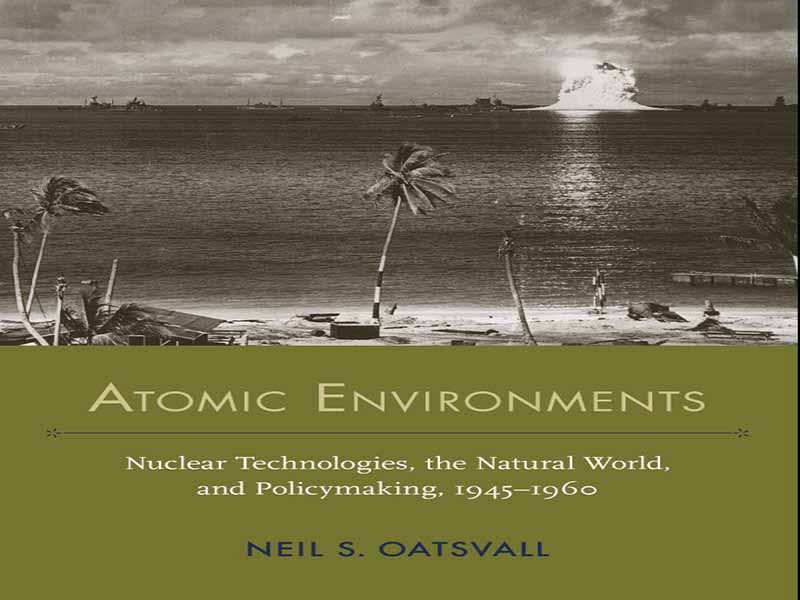




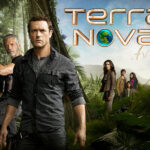


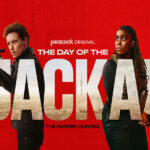







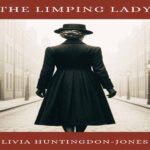
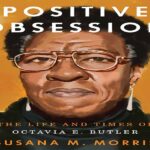





نظرات کاربران